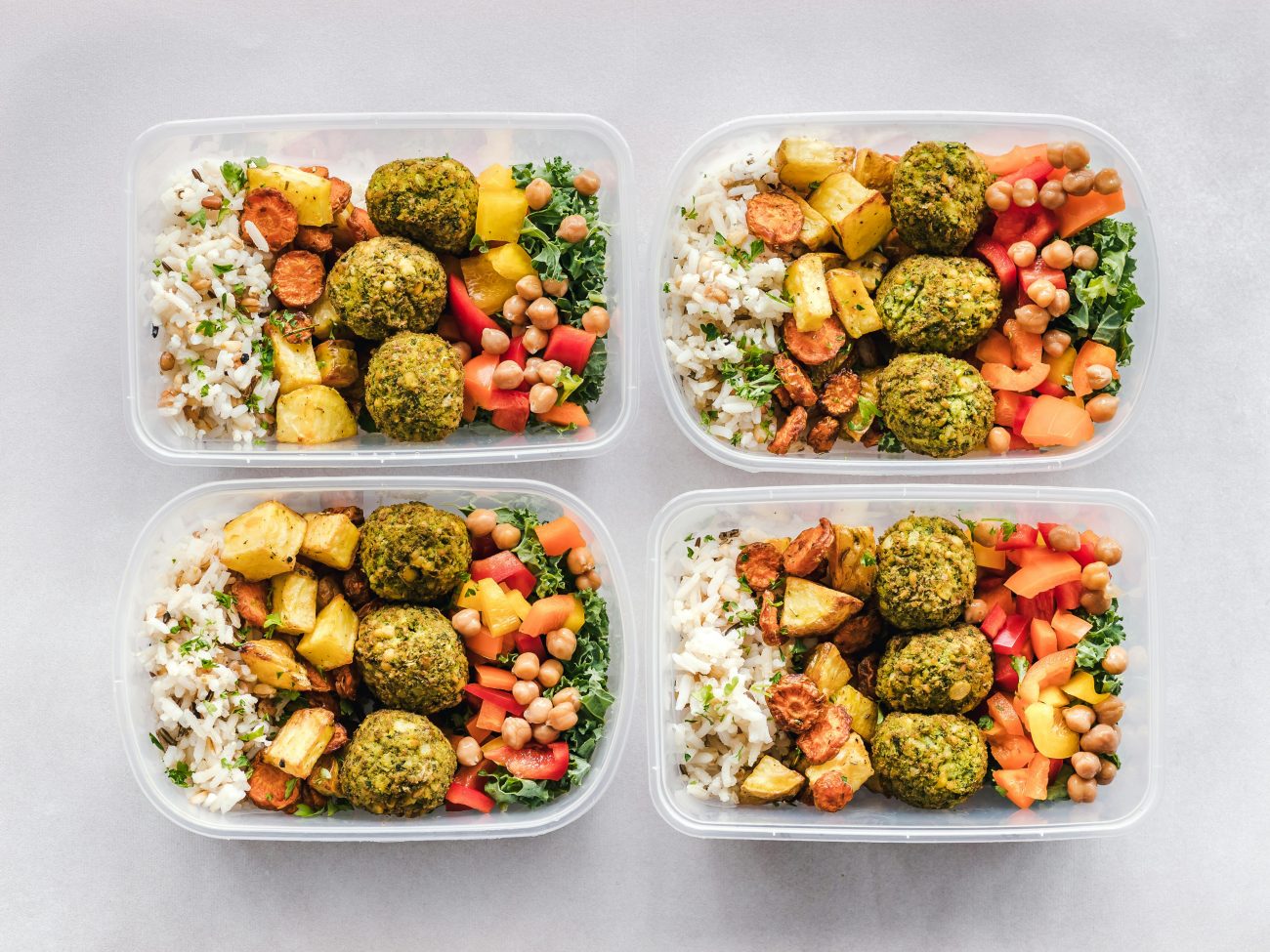If you’ve ever come home tired and hungry only to grab takeout or microwave something quick, you know how hard it can be to eat healthy when life is busy. That’s where meal prep comes in.
Meal prep doesn’t mean spending your entire Sunday cooking or eating the same bland chicken and broccoli every day. Done right, it’s about making your life easier—saving time, money, and energy while still eating nourishing meals.
In this article, we’ll break meal prep down into simple steps, share practical tips, and show you how to make healthy eating sustainable—even on the busiest weeks.
Why Meal Prep Works
Meal prep is powerful because it eliminates decision fatigue. Instead of asking “What’s for dinner?” every night, you already have meals ready to go.
Benefits of Meal Prep
- Saves Time: Fewer last-minute grocery trips and cooking sessions.
- Saves Money: Reduces reliance on takeout and food waste.
- Supports Health Goals: Makes healthy choices the default.
- Reduces Stress: No more scrambling at mealtime.
Step 1: Plan Before You Shop
Meal prep starts with a little strategy.
- Pick 2–3 core meals: Rotate them to keep things simple.
- Make a shopping list: Organize by categories (produce, proteins, pantry).
- Check your schedule: Busy week? Stick to quick-cook meals like stir-fries or sheet-pan dinners.
Pro tip: Don’t plan 21 unique meals for the week. Repetition is your friend.
Step 2: Keep It Simple
Meal prep doesn’t have to mean elaborate recipes. Focus on building blocks:
- Proteins: Chicken, beans, eggs, tofu, fish.
- Carbs: Rice, quinoa, oats, sweet potatoes.
- Veggies: Pre-chopped greens, frozen broccoli, roasted veggies.
- Flavor boosters: Sauces, spices, herbs.
By mixing and matching these basics, you can create multiple meals without extra effort.
Step 3: Batch Cook Smartly
Dedicate 1–2 hours to cook ingredients in bulk. For example:
- Roast a sheet pan of mixed vegetables.
- Cook a pot of quinoa or rice.
- Grill or bake chicken breasts.
- Hard-boil a dozen eggs.
Store everything separately, then mix and match during the week.
Step 4: Use Storage Wisely
The right containers make meal prep easier:
- Glass containers for easy reheating.
- Mason jars for salads (layer dressing on the bottom, greens on top).
- Freezer bags for soups, stews, or smoothie packs.
Label with dates so you know when to eat things.
Step 5: Prep for Snacks Too
Meal prep isn’t just for lunches and dinners—snacks count too.
- Pre-portion nuts into small bags.
- Chop veggies with hummus cups.
- Wash and store fruit for grab-and-go.
- Make overnight oats or yogurt parfaits for breakfasts.
Quick and Easy Meal Prep Ideas
Breakfasts
- Overnight oats with fruit and seeds.
- Egg muffins baked with spinach and cheese.
- Greek yogurt parfaits layered in jars.
Lunches
- Mason jar salads with beans, veggies, and vinaigrette.
- Quinoa bowls with roasted veggies and chickpeas.
- Wraps with turkey, avocado, and greens.
Dinners
- Sheet-pan chicken and veggies with herbs.
- Stir-fry with frozen mixed vegetables and brown rice.
- Chili or lentil soup (great for freezing).
Tips for Making Meal Prep Sustainable
- Start Small: Prep just lunches for the week instead of all meals.
- Pick Foods You Enjoy: Don’t force yourself to eat bland meals.
- Change Flavors, Not Ingredients: Use sauces (pesto, salsa, soy, curry) to switch it up.
- Double Up Recipes: Make enough to freeze half for later.
- Stay Flexible: Allow room for spontaneous meals or social plans.
Common Mistakes to Avoid
- Over-prepping: Making too much food that ends up wasted.
- Complicated recipes: If it takes too long, you won’t stick with it.
- Ignoring variety: Eating the same meal every day can lead to burnout.
- Not storing food properly: Improper storage shortens shelf life.
Conclusion
Meal prep isn’t about perfection—it’s about preparation. By setting aside a little time each week, you can save hours, reduce stress, and make healthy eating the default.
Start simple: prep a few basics, batch-cook once, and pack a couple of meals ahead. Before long, you’ll wonder how you ever managed without it.
Because when healthy food is easy and ready to go, you’re far more likely to eat it—and that’s the real secret to long-term wellness.

